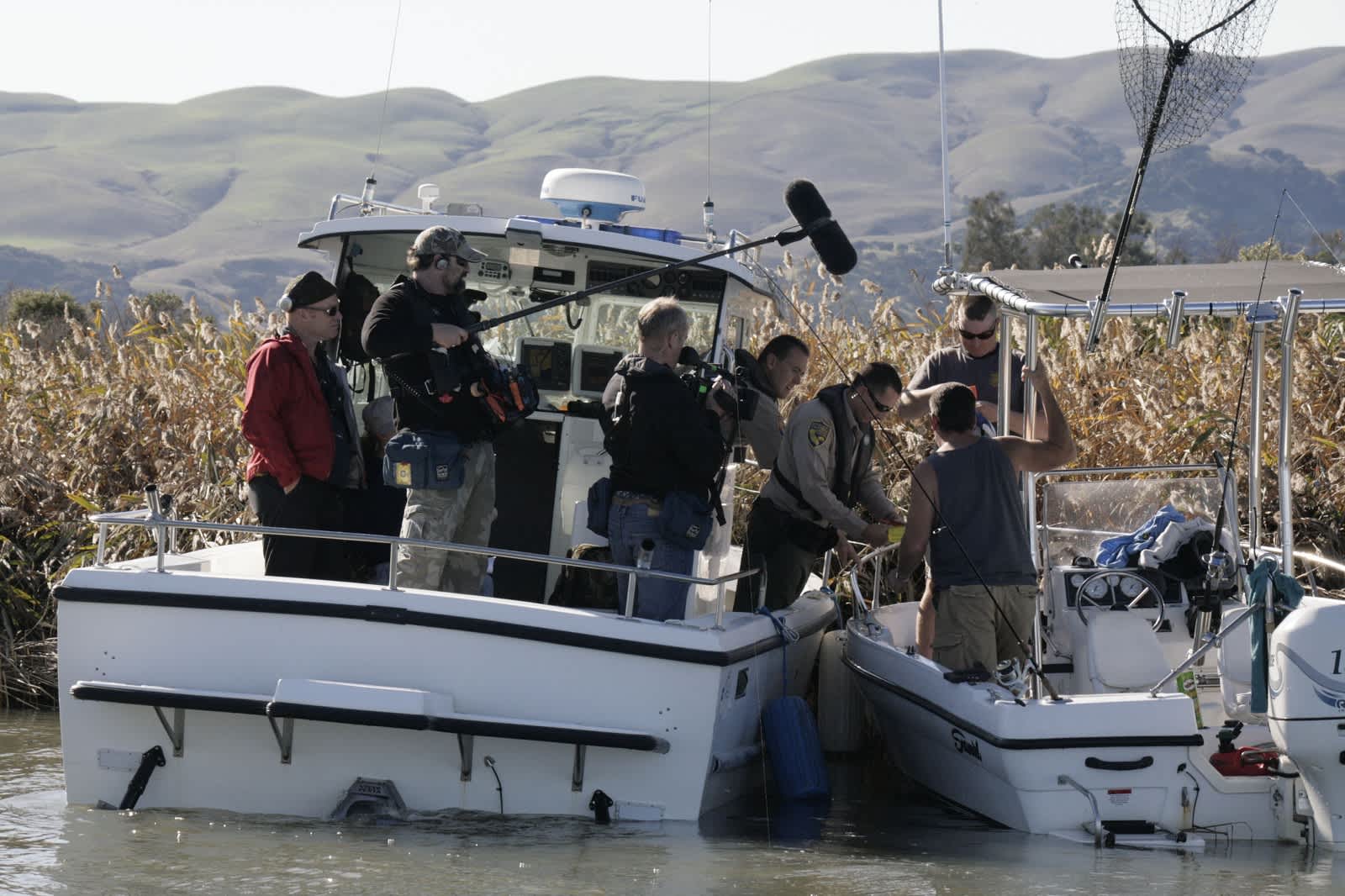Tips for Producing Your Own Outdoor TV Show
James Swan 11.08.13

The numbers of hunters and fishermen are on the rise. One reason is the various outdoor sports TV channels and the numerous shows they broadcast are encouraging folks to get outside, and they are finally getting help from more mainstream TV channel programming. Shows such as NOVA, Nature, Wild, and other shows on the National Geographic and Discovery channels are increasingly showing people who hunt and fish as good guys—even as heroes.
One nature show that has recently won many awards is the BBC’s 20-part series Human Planet, narrated by actor John Hurt. Each hour-long show takes on special type of environment—deserts, mountains, rivers, grasslands, tundra, and so on. Each shows native people, as well as modern cultures. The shows spend a surprising amount of time on hunting and fishing, accurately showing them as a foundation for survival. The “Rivers” episode, for example, spends considerable time showing people fishing under sometimes very dangerous conditions. Another show on grasslands follows African tribesmen carrying primitive spears stealing meat from the kills of lions, something that has been done for thousands of years.
Programs like these help sell reality shows including Duck Dynasty, American Hoggers, Swamp People, and American Jungle that feature hunting by modern folks.
Television is one of the most potent educators of our times. Some people who watch nature and outdoor TV shows will be moved to take along a video camera, not just for their own enjoyment but with the thought that they might create their own show. The TV of tomorrow is being born today. Be patient if you decide that you want to produce your own show. The crews in the field and in the studio that are used on these big shows have years of experience as well as truckloads of expensive equipment. Nonetheless, if this appeals to you, by all means give it a try. Here are some resources that you may find helpful.
One of the best online places to find books, videos, etc. on making movies and TV is Michael Wiese’s website. His book The Independent Film and Video Maker’s Guide is a classic.

A highly-recommended book about making wildlife films is Shooting In the Wild: An Insider’s Account of Making Movies in the Animal Kingdom by Chris Palmer, whose films have appeared on the Disney Channel, PBS, and Animal Planet.
Realize that there is a lot of competition and be willing to spend time on story and editing. A good book on the art and science of editing is In the Blink of an Eye by a real master of editing, Walter Murch. An excellent book on directing is On Directing Film by David Mamet, who wrote the screenplay for The Edge, a popular big screen movie about wilderness survival. Syd Field’s books on screenwriting are also excellent.
If you start getting some good footage that looks like it has potential for a documentary, outdoor show, or a reality show, and you think you have a great idea for a new show, some tips. You will need to develop a “pitch” and a short, compelling “sizzler” (two to three minutes maximum) to demonstrate what the show will be like. You may also go ahead and shoot an entire “pilot” (first show) if it’s a series.
Check out the submission procedure for the production company or network where you want to submit. Be aware that when you approach a network or a production company, do not attempt to pitch your story without first asking permission. The quickest way to get a rejection is to not ask first if people will accept unsolicited proposals. The general procedure for any pitches is to first get approval and then fill out a submission release request and then send in what you have. This protects the network or production company from lawsuits. Also, be aware that rejection is the norm. This is a very competitive field.
If you’re aiming for PBS, there are guidelines for submissions online. Realize this a highly competitive and the budgets for these shows are serious. According to the California Council for the Humanities that funds many PBS documentaries, typical budgets for an hour on PBS run from $450,000 to over a million dollars for some of the most popular shows—10 times the budget of most outdoor shows.
How you fund your show will be different for each project. To make the documentary Endangered Species: California Fish and Game Wardens, we got support from organizations including the California Waterfowl Association, Wild Sheep Foundation, Northern California Federation of Flyfishers and Sierra Club, and one grant from a foundation, but the bulk of funding came from the 40 county fish and game commissions throughout the state.
The bottom line is that nature TV shows of all kinds entertain million and may inspire people to get outdoors and support conservation. If these shows enable non-hunters and fishermen to see people hunting and fishing and they come to understand why people hunt and fish, some viewers may soften their views on outdoor sports, support preserving the heritage, and maybe even give it a try themselves. The growing number of people who are taking up hunting and fishing as “the ideal range-free food” is truly a good sign of the value of using electronic screens to educate indoor-dwelling people about the value of nature to their health and well-being.

